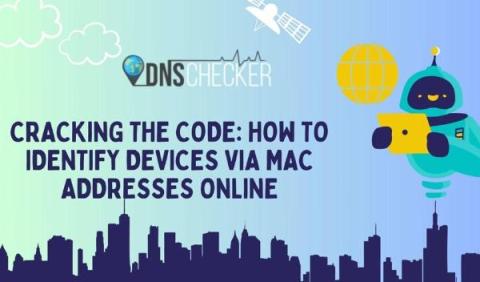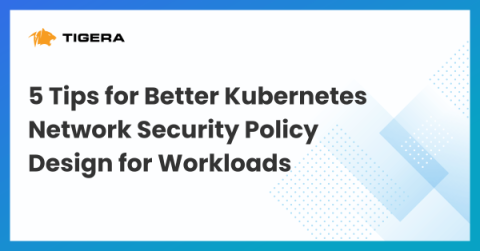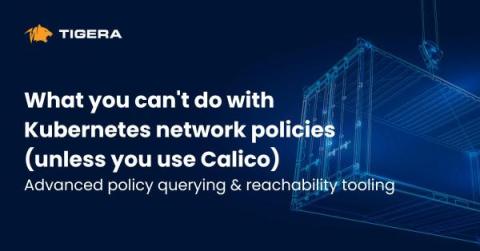Understanding the 4 Types of Network Monitoring Tools and Comparing Available Solutions
Today, IT networks are the backbone of nearly every business. Simply put, if your network isn’t performing at its best, the flow of data and services will be impeded, and your business operations will suffer. This modern reality makes effective server and network monitoring software not just a technical necessity but a business imperative.








